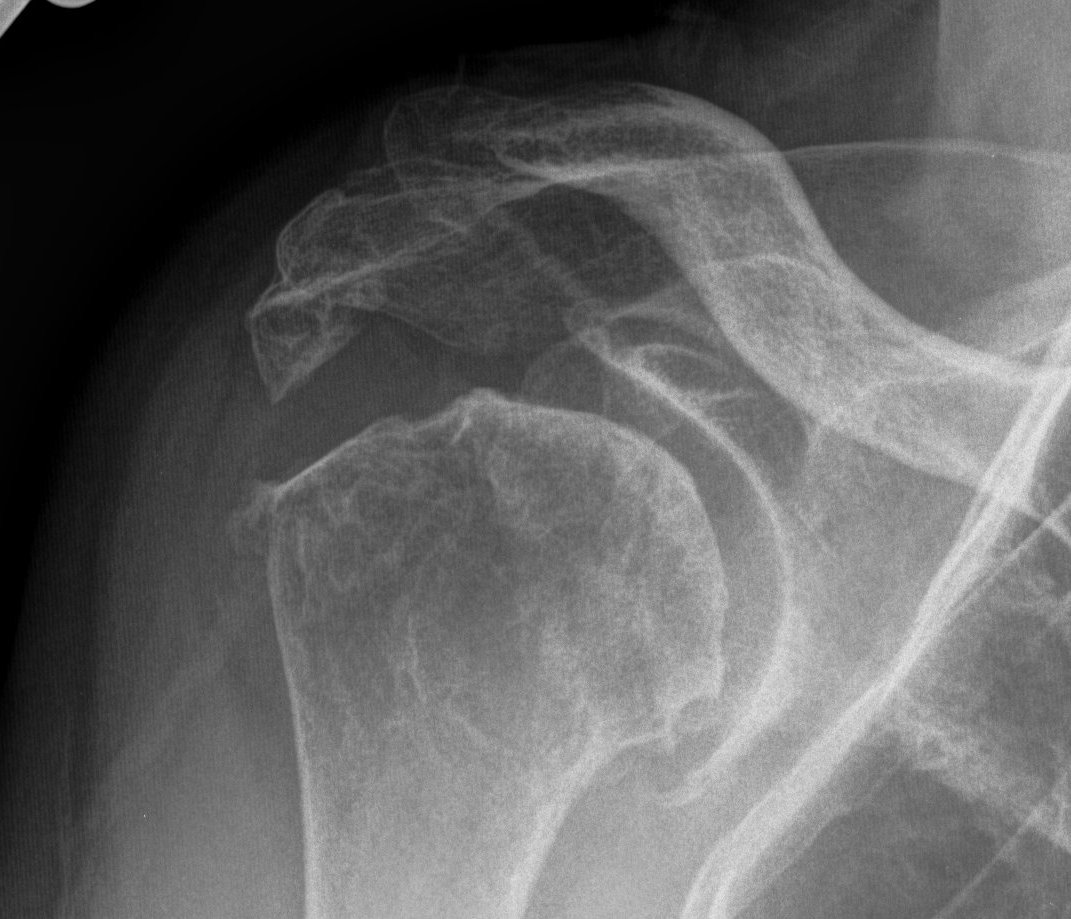Xray
Typical changes of RA
- regional osteopenia
- marginal erosions and cysts
- humeral head erosions
- medial migration / protrusio
DDx
- septic arthritis
- gout / pseudogout
- Milwaukee shoulder (calcium hydroxyapatite crystals)
- rotator cuff arthropathy
- OA (beard osteophytes)
Issues
Rotator cuff
Incidence
75% of patients will have rotator cuff pathology
Incidence of full thickness tears varies 20 - 50%
Xray
Proximal migration on the humeral head on xray
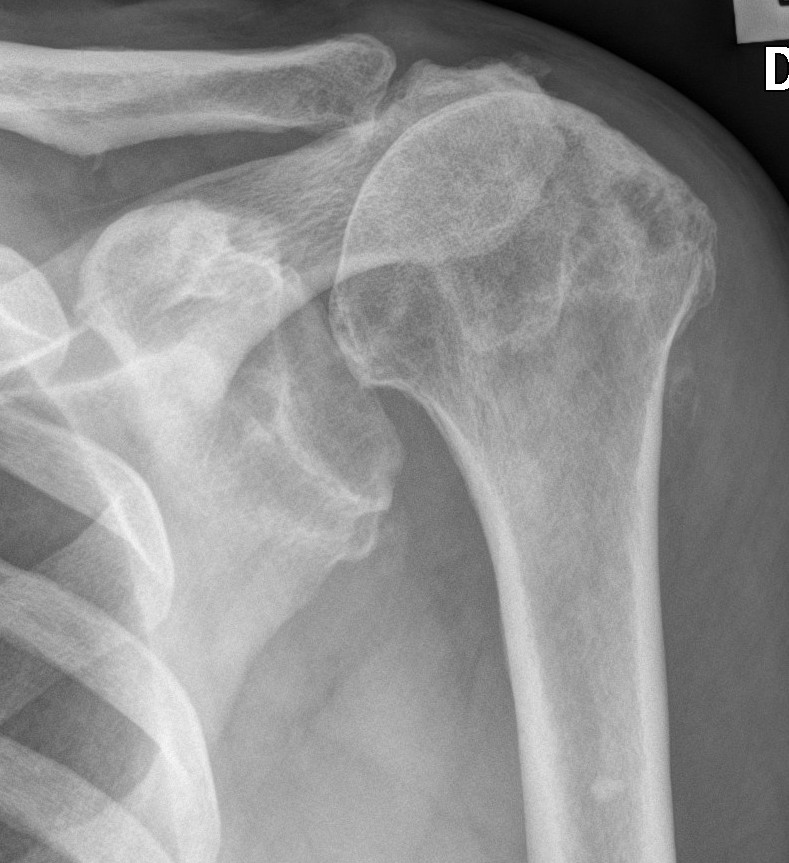
MRI / CTA / arthrogram
Indicated to evaluate cuff
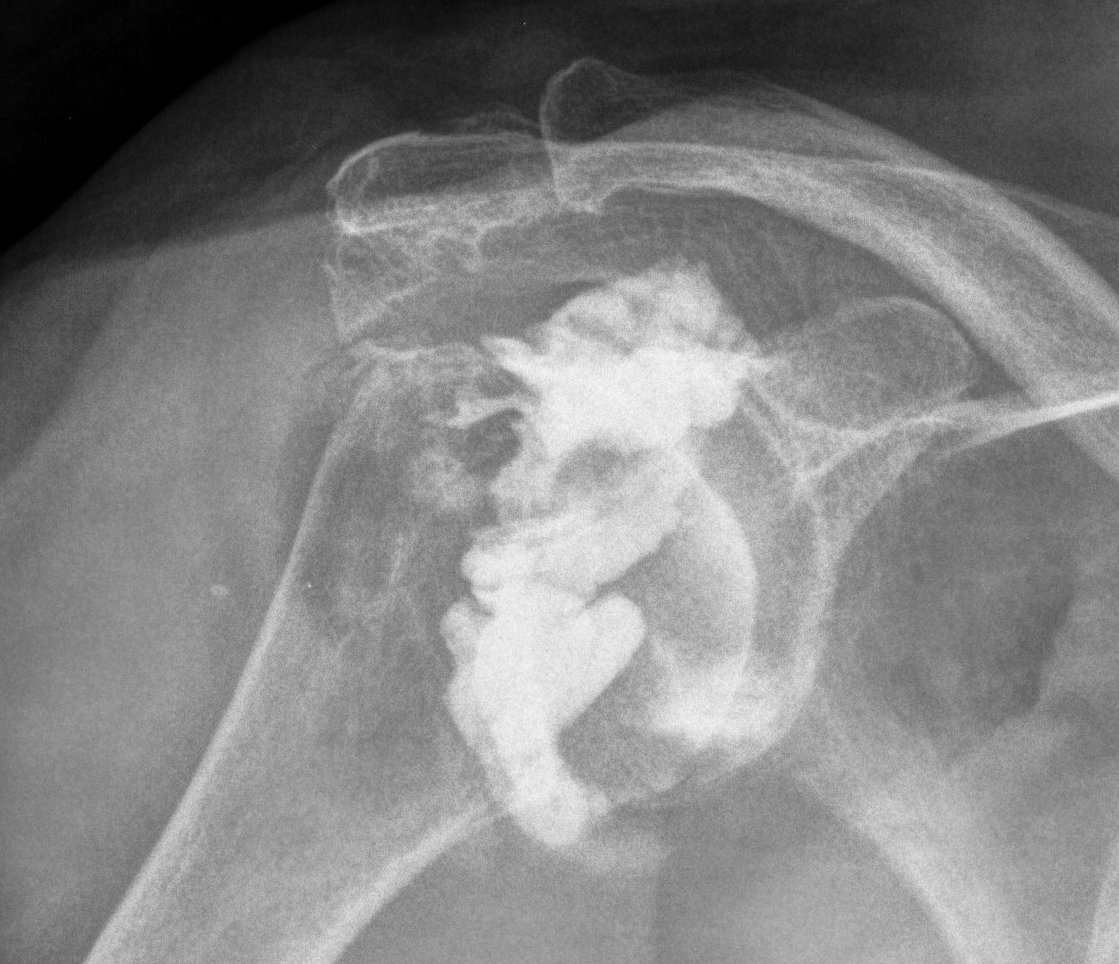
Arthrogram indicating full thickness rotator cuff tear in patient with RA
Surgery
Rotator cuff can become deficient after hemiarthroplasty or anatomic TSA
Glenoid
Levigne and Franceschi Classification
Three main patterns
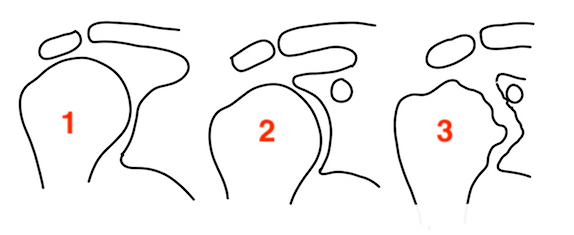
1. Upward migration
- deficient rotator cuff, superior glenoid wear
- most common pattern
2. Concentric medial migration
- deficient bone stock with medialization of the humeral head
- loss of subchondral bone stock due to RA
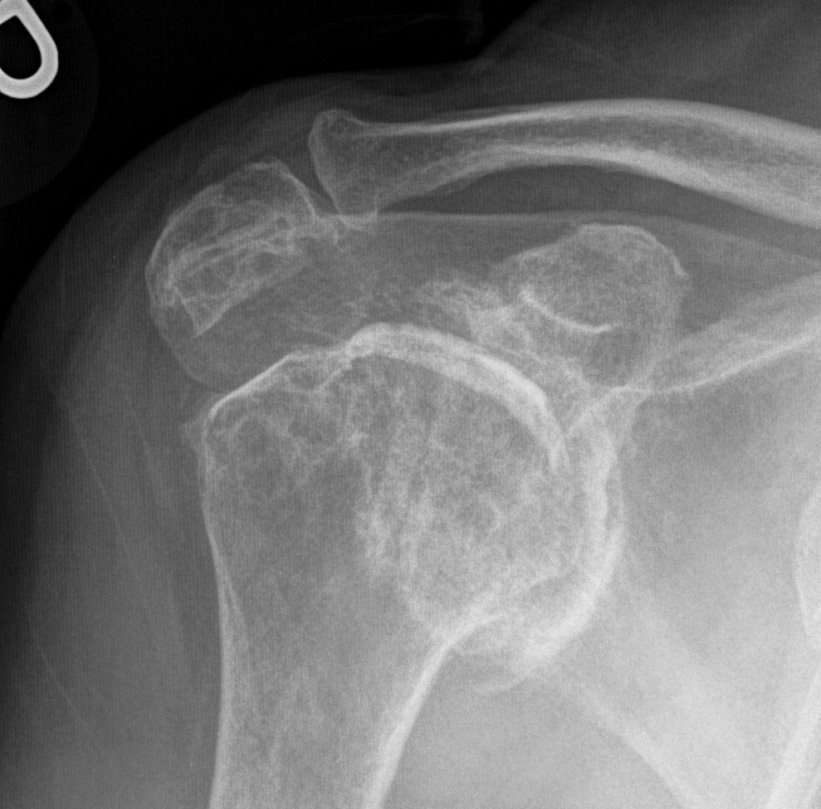
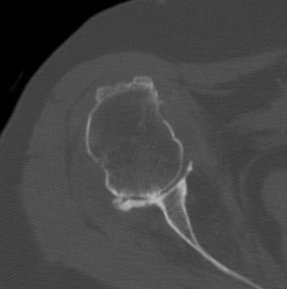
3. Destructive
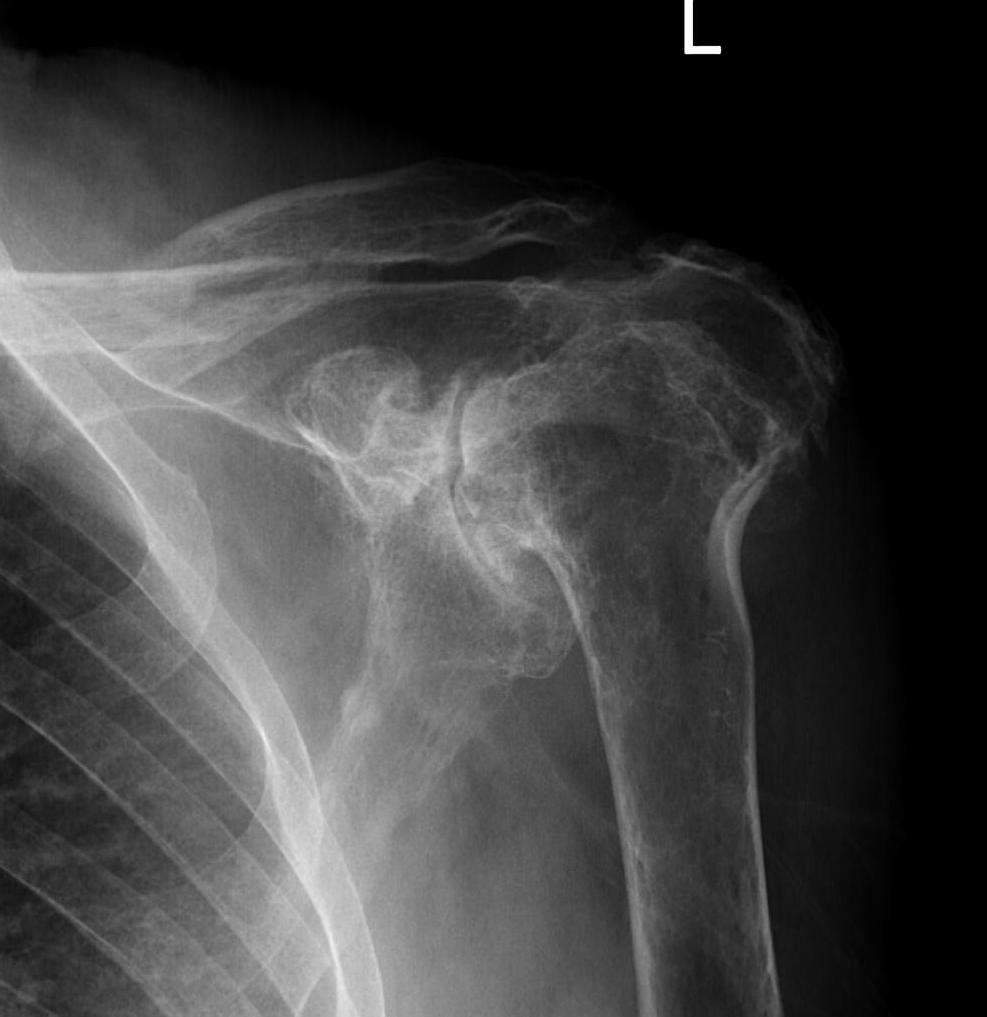
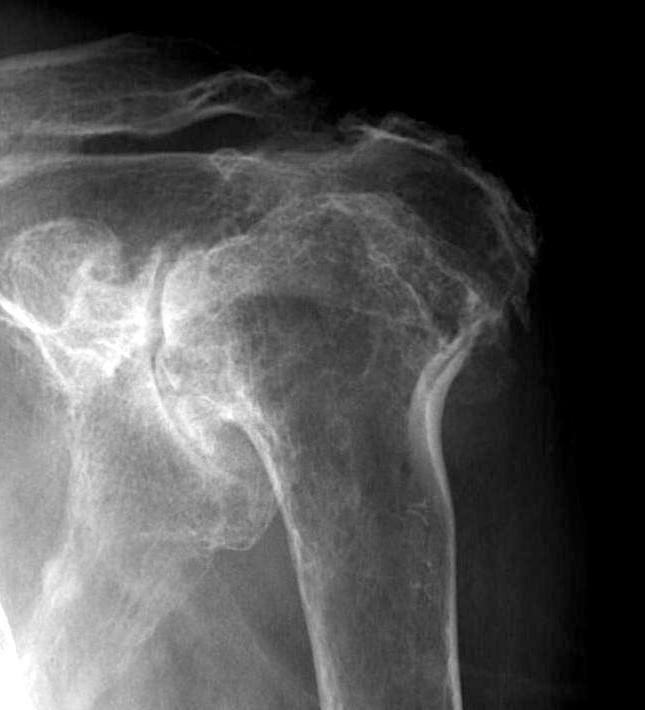
Management
Non operative Management
Injections
Cortisone / PRP / HA
Limited evidence for or against their use
Medications
Steroids
Methotrexate
Biologics
Anti-TNF - Adalimumab / Etanercept / Infliximab
IL - 1 receptor blocker - Anakinra
IL - 6 receptor blocker - Tocilizumab
Operative Management
Arthroscopic Synovectomy
Hemiarthroplasty
Anatomic TSA
Reverse TSA
Arthroscopic Synovectomy
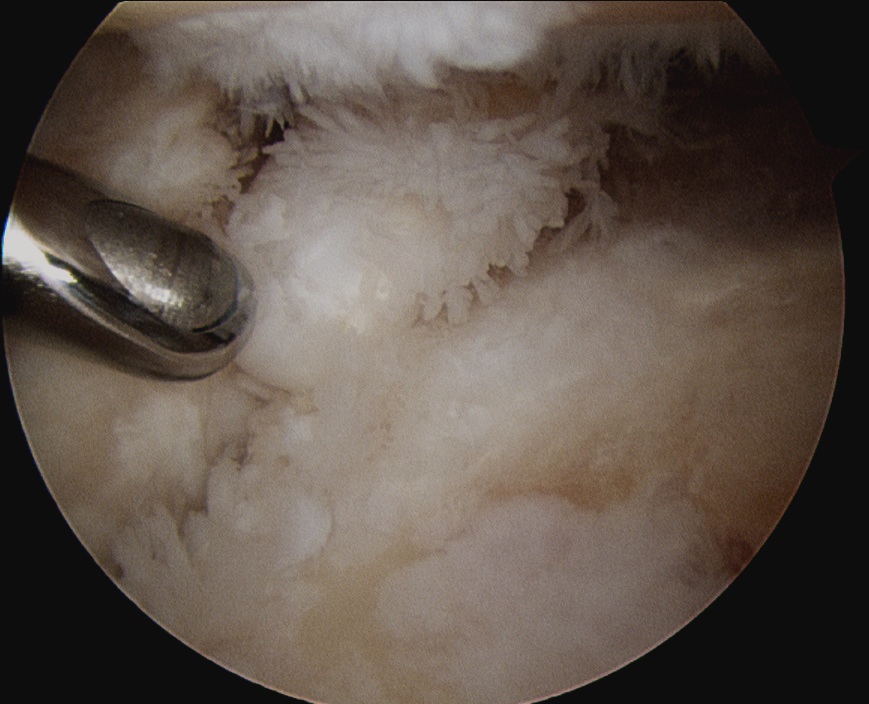
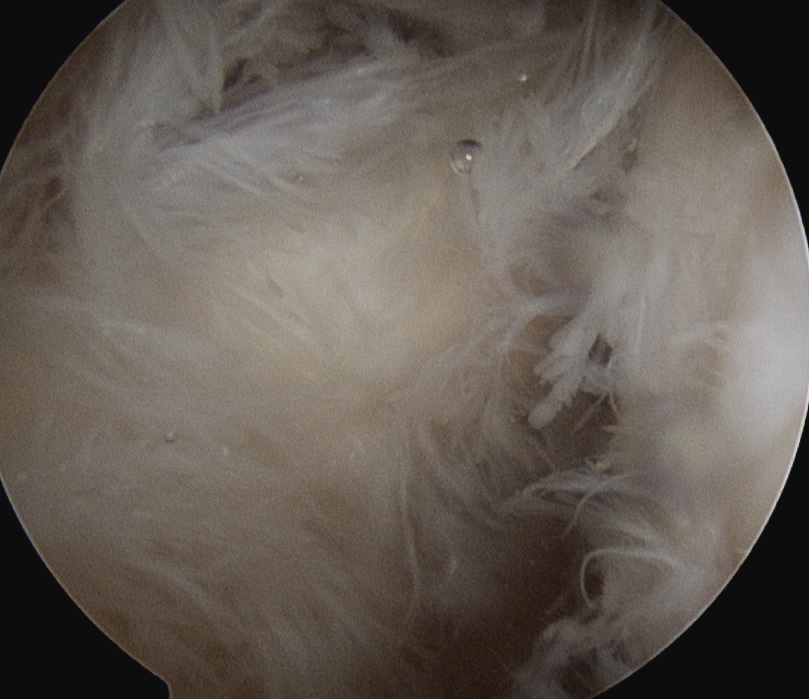
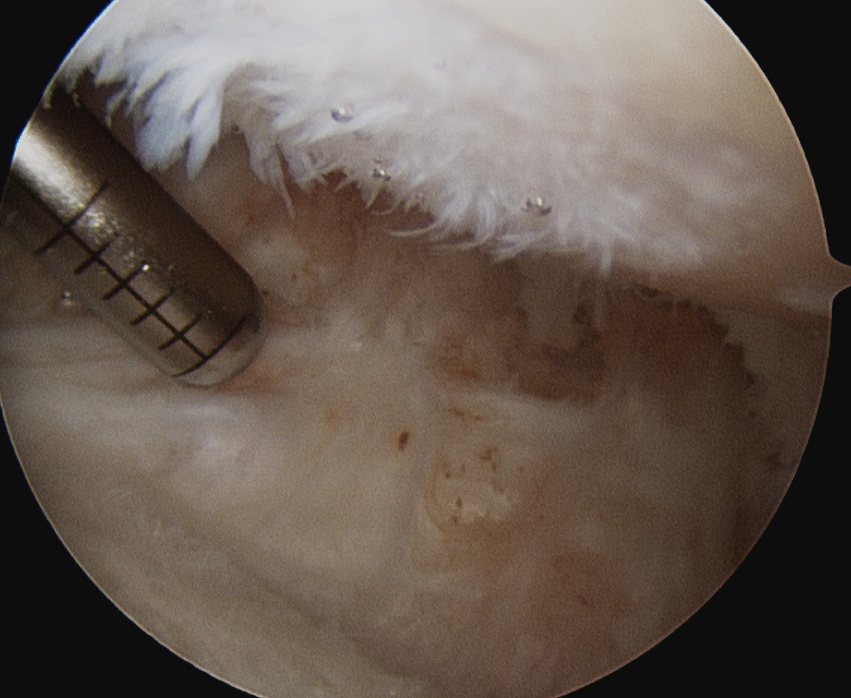
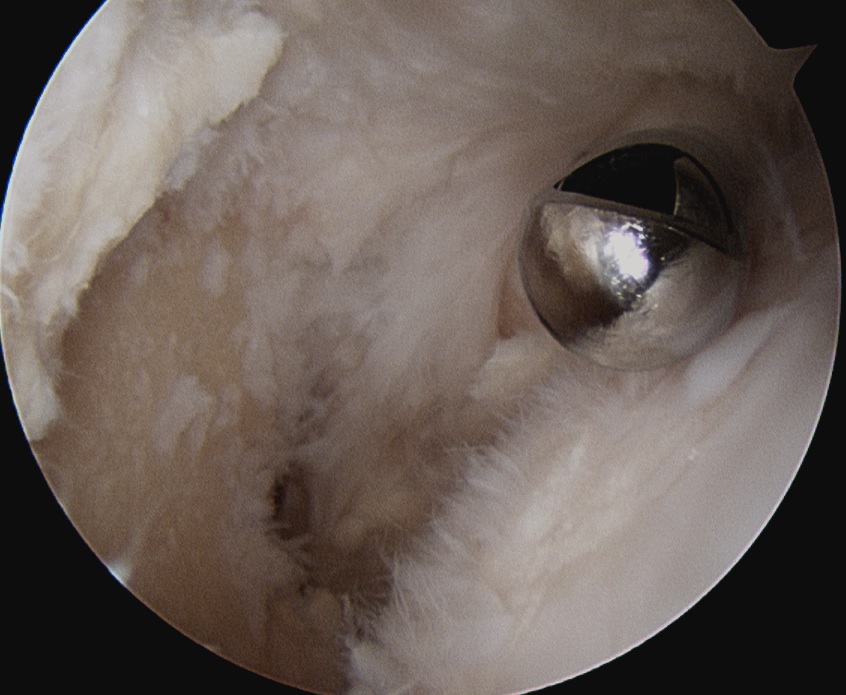
Kanbe et al. Eur J Orthop Surg Traumatol 2015
- arthroscopic synovectomy and capsular release for 54 RA shoulders
- mean follow up 5 years
- 67% receiving biologic treatments
- improvements in function and ROM
Hemiarthroplasty
Indications
Young patient
Insufficient glenoid bone stock for aTSA or revTSA
Rotator cuff not intact and too young for reverse - CTA head
Results
Barlow et al J Should Elbow Surg 2014
- 195 aTSA and 108 hemiarthroplasties with minimum 5 year follow up
- improved pain relief and abduction, and lower revision rate in aTSA compared with hemiarthroplasty
- 70% of glenoid components had lucencies
- 33% of glenoid components had shift in position
Anatomic TSA
Indications
- cuff intact
- sufficient glenoid bone stock
Results
Haleem et al. Shoulder Elbow 2022
- systematic review of aTSR for RA
- 10 studies with 279 shoulders
- mean follow up 10 years
- revision rate 8%
- radiolucency seen in 70%
Reverse TSA
Indications
- ruptured or deficient rotator cuff
Results
Cho et al. Clin Orthop Surg 2017
- systematic review of rTSR in RA
- 7 studies with 128 shoulders
- revision rate 7%
- 11% had intra-operative or postoperative fracture
- infection rate 3.3%

